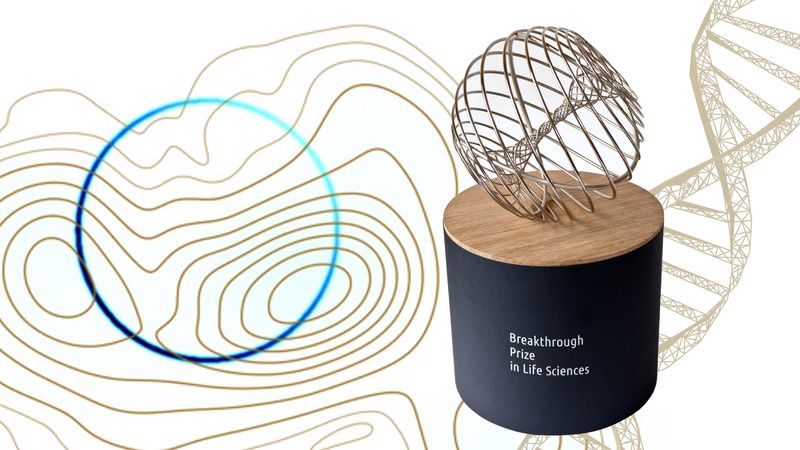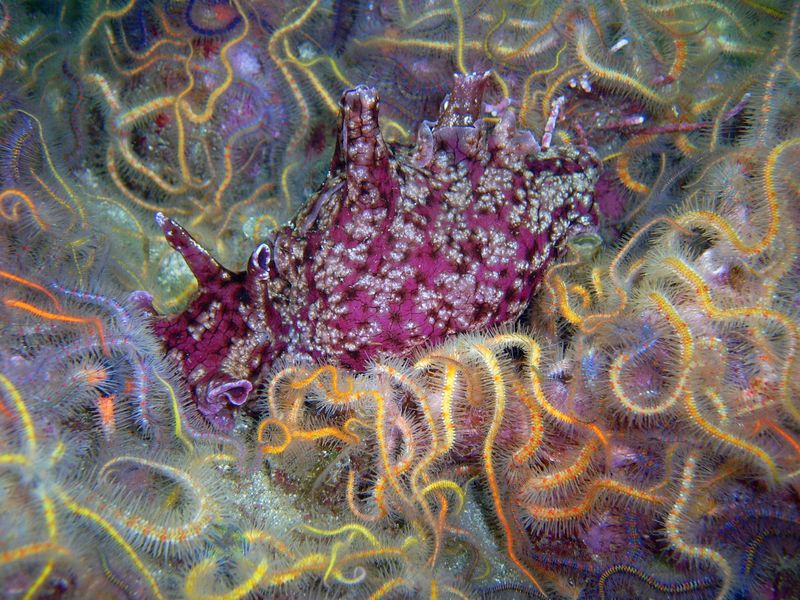A traditional ancient Korean coffin, discovered in a 6th-century tomb, has been cracked open to reveal the dusty remains of a woman with an oddly elongated skull.
Discovering ancient elongated skulls is not actually uncommon. However, unlike the majority of these finds, the researchers don’t believe this skull was “stretched” through a cultural practice of "artificial cranial deformation". The findings, led by Seoul National University, are published in the journal PLOS ONE.
The team of bioanthropologists discovered the remains in Gyeongju, modern-day South Korea. The gender and age were determined by analyzing the hip bone and teeth, which revealed it was a woman who had died sometime in her late thirties. Further analysis showed that it’s likely she lived during the 6th century CE in the Silla Kingdom, a dynasty that ruled over the Korean Peninsula from 57 BCE to 935 CE.

The fragments of the skull discovered, before its reconstruction. Image credit: Seoul National University/PLOS ONE
The carbon isotopes present in her bones showed that she most likely lived on a strict vegetarian diet – namely of wheat and rice – which would make sense considering the prevalence of Buddhism's influence across the Silla Kingdom.
Mitochondrial DNA analysis, taken from the woman’s femur bone, showed that this woman is from an uncommon genetic linage that still exists in East Asia today, Live Science reports.
However, when it came to studying the woman’s skull, they noticed something was slightly off.
The researchers slotted back together the puzzle pieces of her skull using 3D imaging techniques. Along with giving an insight into how the woman looked, the 3D models and physical reconstruction of the skull showed that the skull was unusually elongated, with a much longer, narrower, and lower cranium than those of modern Korean adults.
So what could explain this alien-like attribute? Skull deformation has been practised in many corners of the ancient world, from prehistoric Australia to 19th century South America, for an array cultural and spiritual reasons. However, this Korean skull showed something different.

Digital reconstruction of the skull. Image credit: Seoul National University/PLOS ONE
As well as the head being unusually long, the shape of the cranium was not in line with changes caused by artificial cranial deformation, as the skull didn’t feature any flat bones commonly seen in forcibly elongated heads.
Eun Jin Woo, who co-authored the study, told Live Science: “The skull in this study did not show the shape changes in deformed crania. In this regard, we think her head should be considered as normal variation in the group.”
So, while the jury might be out on mystical ancient aliens, the researchers believe that ancient Koreans living in the region during the Silla period might have had unusually elongated skulls compared to modern-day Koreans. Although they concede that more individuals from this era need to be studied, they hope this woman could help detail the migration and lives of people in ancient East Asia.

The skull pieced back together, illustrated the elongated head. Seoul National University/PLOS ONE




